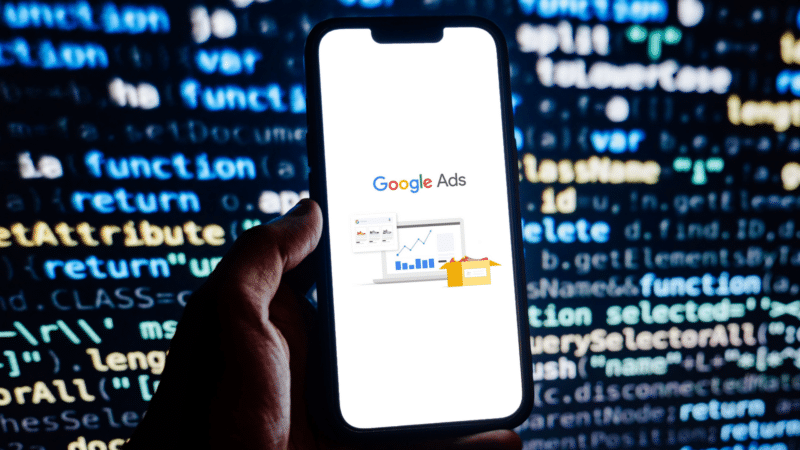
Unlocking Device Targeting in Google Ads for Performance Max Campaigns
In the ever-evolving landscape of digital marketing, the ability to optimize advertising spend, particularly across various devices, stands as a critical component for campaign success. Google Ads has recently taken a significant stride to address this need by introducing device targeting options for Performance Max (PMax) campaigns. This new feature allows advertisers to tailor their strategies for specific devices—computers, mobile phones, tablets, and TVs—enhancing control over who views their ads and how effectively they are targeted.
For years, marketers have clamored for improved campaign management, particularly regarding device performance. With this introduction, Google provides broader facility for advertisers to create device-specific campaigns. Specifically, by allowing users to exclude less effective devices in their campaigns, such as TVs in B2B strategies, marketers can refine their approaches to reach their target audience more effectively. Tailoring ad experiences based on device-specific performance can lead to improved return on investment (ROI) and a more expertly crafted marketing strategy.
Marketers are now positioned to focus on mobile users by creating segments that sync with mobile-optimized landing pages, directly addressing the requirements of on-the-go consumers. The impact of these enhancements is profound, as they enable better user behavior tracking and allow for refined conversion patterns that are unique to each device type. This opens up new strategic avenues, such as leveraging insights gathered to maximize effectiveness across performance metrics.
Moreover, the link between effective device targeting and short link management cannot be emphasized enough. A refined advertising approach coupled with URL shortening strategies allows marketers to utilize custom domains and enhance engagement metrics significantly. For example, deploying tiny URLs for distinct devices can assist in accurate tracking and measurement functionality. This strategy ensures that digital assets maximize their potential across devices—be it analyzing click-through rates on mobile vs. desktop or evaluating performance from various campaign segments.
Furthermore, combining effective ad strategies with URL Shortener tools can facilitate a seamless experience for potential customers. By implementing short links that are device-targeted, businesses can lead users directly to optimized landing pages that resonate best with their device’s viewing patterns. This not only drives traffic efficiently but ensures that every element of the campaign is working harmoniously toward strategic goals.
As the adoption of device targeting in PMax campaigns progresses, the industry must closely monitor how these features evolve. For advertisers, the balance between automation inherent in Google’s solutions and the personalized control over campaigns remains paramount. This enhancement not only reflects Google’s commitment to bettering advertiser experiences but also highlights the vital intersection of digital marketing strategies with tools designed for effective online presence management.
In conclusion, with the integration of device targeting in Google Ads’ Performance Max campaigns, marketers have newly paved avenues for optimizing their strategies. Whether through meticulous targeting or the smart implementation of short links, the digital advertising landscape is poised for improvement.
#BitIgniter #LinksGPT #UrlExpander #UrlShortener #DigitalMarketing #AdTech #PMax
想了解更多: 这里

